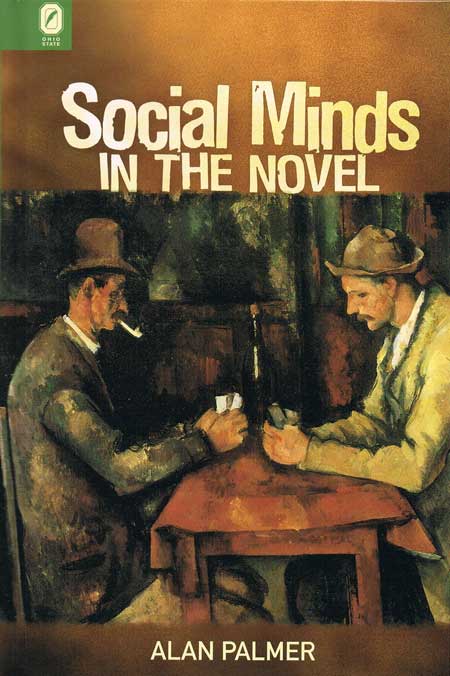“Suture and Narrative is a theoretically bracing, deeply learned, and wonderfully illuminating work that makes an important contribution both to narratology and film theory. The major innovation of this new book is to bring the vocabulary and insights not only of phenomenology but also of film theory—in particular, the concept of cinematic editing as ‘suture’—together with those of narratology. This is a passionate and provocative study that will make for an excellent addition to the Theory and Interpretation of Narrative series.” —Susan Fraiman, University of Virginia
Suture and Narrative: Deep Intersubjectivity in Fiction and Film by George Butte offers a new phenomenological understanding of how fiction and film narratives use particular techniques to create and represent the experience of community. Butte turns to the concept of suture from Lacanian film theory and to the work of Merleau-Ponty to contribute a deeper and broader approach to intersubjectivity for the field of narrative theory.
Butte’s approach allows for narratives that represent insight as well as blindness, love, and loss, locating these connections and disconnections in narratological techniques that capture the crisscrossing of perspectives, such as those in fiction’s free indirect discourse and in the oblique angle of film’s shot/reverse shot convention. Butte studies the implications of this chiasmus in the novels and film adaptations of later Henry James works, Barrie’s Peter Pan tales and film adaptations, and the films Silence of the Lambs and Nothing But a Man. Suture’s story in the twentieth century, according to Butte, is a story of the loss of immediacy and community. Yet in concluding this, Butte finds optimism in the Coen brothers’ Raising Arizona as well as in Why Be Happy When You Could Be Normal? by Jeanette Winterson and Marc Webb’s film (500) Days of Summer.
George Butte is Professor of English and Film Studies at Colorado College and is the author of I Know That You Know That I Know: Narrating Subjects from Moll Flanders to Marnie (OSUP 2004).
Contents
Acknowledgments
Chapter 1 Introduction: Why Suture?
Chapter 2 Suture and the Narration of Experience
i. Suture Theory: The Origins in Film Theory
ii. Revising Suture Theory: Merleau-Ponty and Deep Intersubjectivity
iii. Chiasmus and Nothing But a Man
iv. The Mystery of the Oblique Angle and The Silence of the Lambs
v. The Politics of Suture, Again
Chapter 3 The Case of Henry James: Suture and Deep Intersubjectivity
i. Theory I: Suturing Consciousness
ii. Practice: Reading Looking
iii. Theory II: Suture and Free Indirect Discourse
iv. The Oblique Angle Again: James in Film
Chapter 4 The Wounds of Peter Pan: Suture and Loss
i. Barrie’s Peter Pans: “Would Not” or “Could Not”?
ii. Peter and Wendy and Barrie’s Multiple Narratees: Who is Listening to This Story?
iii. Eavesdropping: Free Indirect Discourse and Mothers, the Toads—Practice II
iv. Eavesdropping and the Ricochet Effect: Theory
v. The Peter Pan Films: Narrating Loss and Anxiety
Chapter 5 Suture and Film Comedy: Raising Arizona and the Derridean Komos
i. Ethan and Joel’s Pharmacy
ii. Postmodern Sutures
Epilogue Suture and Community in Why Be Happy When You Could Be Normal? and (500) Days of Summer
Appendix: The Ricochet Effect: Narrative Theory and Boundary Ethics
Works Cited
Index
Related Titles:

I Know That You Know That I Know:
Narrating Subjects from Moll Flanders to Marnie
George Butte
HARDCOVER

The Real, the True, and the Told
Postmodern Historical Narrative and the Ethics of Representation
Eric L. Berlatsky
HARDCOVER

The Return of the Omniscient Narrator
Authorship and Authority in Twenty-First Century Fiction
Paul Dawson
HARDCOVER, PAPER

The Reader as Peeping Tom
Nonreciprocal Gazing in Narrative Fiction and Film
Jeremy Hawthorn
HARDCOVER, PAPER







